Fiddle leaf fig care and growing guide: get perfect houseplants with these tips
Keep your fiddle leaf fig plants in peak condition all year round with our essential care advice
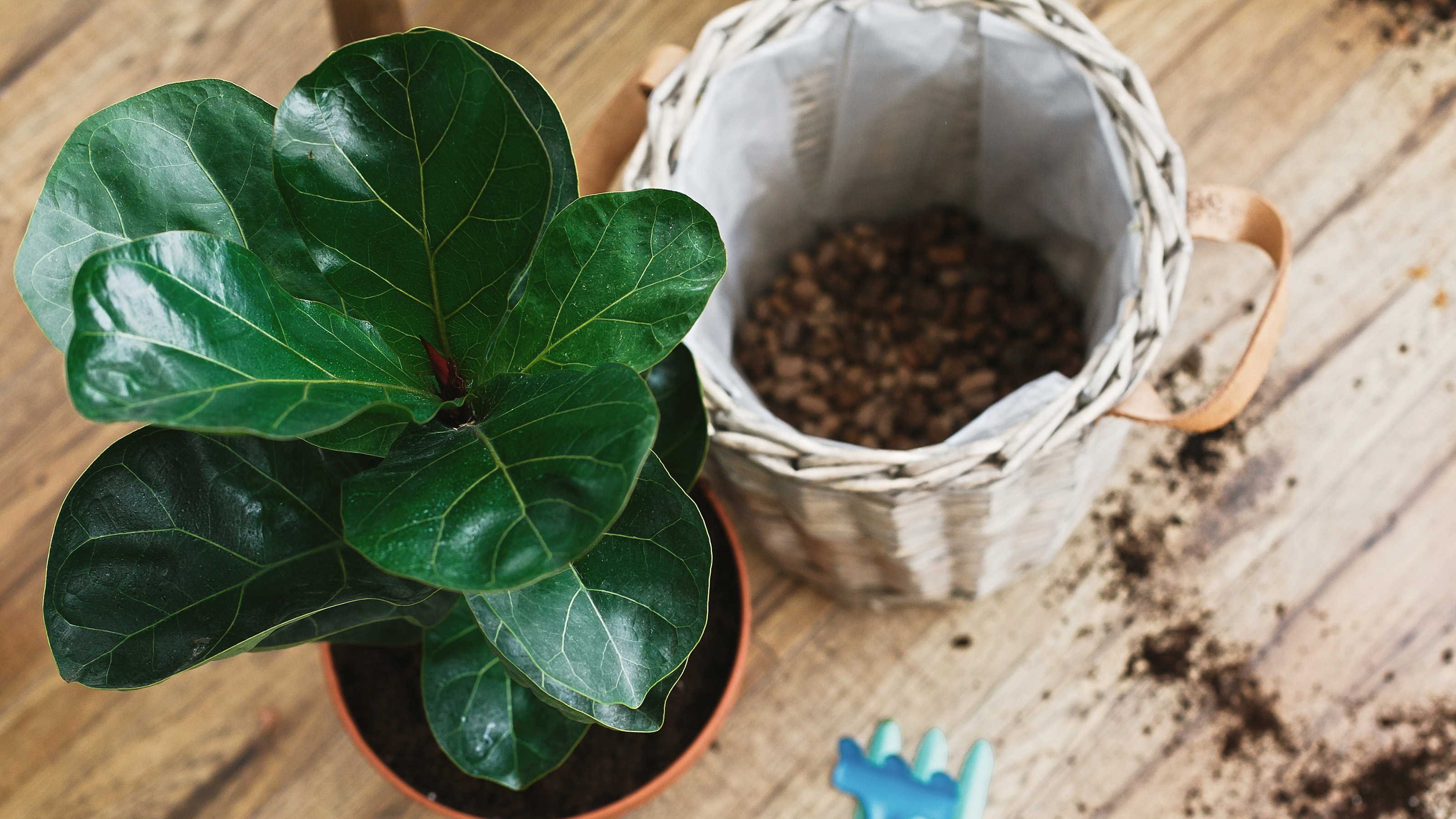

The tall stems and sculptural dark green leaves of the fiddle leaf fig, which are shaped like the body of a violin or fiddle, make a bold statement in a sunny room. They're also relatively easy to look after and will not balk if left to their own devices for a week or two.
Hailing from the tropical rainforests of Africa, the fiddle leaf fig (Ficus lyrata) can reach a towering 25ft (8m) in height in its native habitat, its giant leaves measuring up to 18in (45cm) long and 12in (30cm) wide. However, when grown as an indoor plant with its roots restricted to a pot, you can expect it to achieve about 6 x 4ft (1.8 x 1.2m) in height and width, with foliage about half the size of rainforest plants.
Whilst being one of the best indoor plants to grow, fiddle leaf fig care can be a bit fiddly at times – but we've got all the advice you need to keep yours happy and healthy.
3 top fiddle leaf fig care tips
Fiddle leaf figs are slow-growing. A young one would suit a desk or tabletop, but you will need a much larger space to accommodate a mature species to grow them as indoor trees.
The dwarf cultivar 'Bambino', which will grow to about 3ft (90cm) in height, is worth seeking out if you want a smaller plant.
Where a plant threatens to become too tall for your home, you can trim the top of the main stem to keep it in check, but remember that while this will restrict its height, pruning also encourages more side stems to form.
1. Meet their fussy light requirements
Fiddle leaf figs are a little bit picky about light levels. They are not low light indoor plants, preferring bright light but not prolonged periods in direct sun, especially in summer, which may scorch their leaves.
To satisfy their needs, place them in a sunny room, a few feet away from the window, like you would an aloe vera plant. Or if your room is flooded with sun all day, hang a net or voile curtain over the window to filter the rays.
You may have to move your plant closer to the window in winter when there are fewer hours of daylight and the sun is not as strong. Basements and north-facing rooms will probably not receive enough light for a fiddle leaf fig.
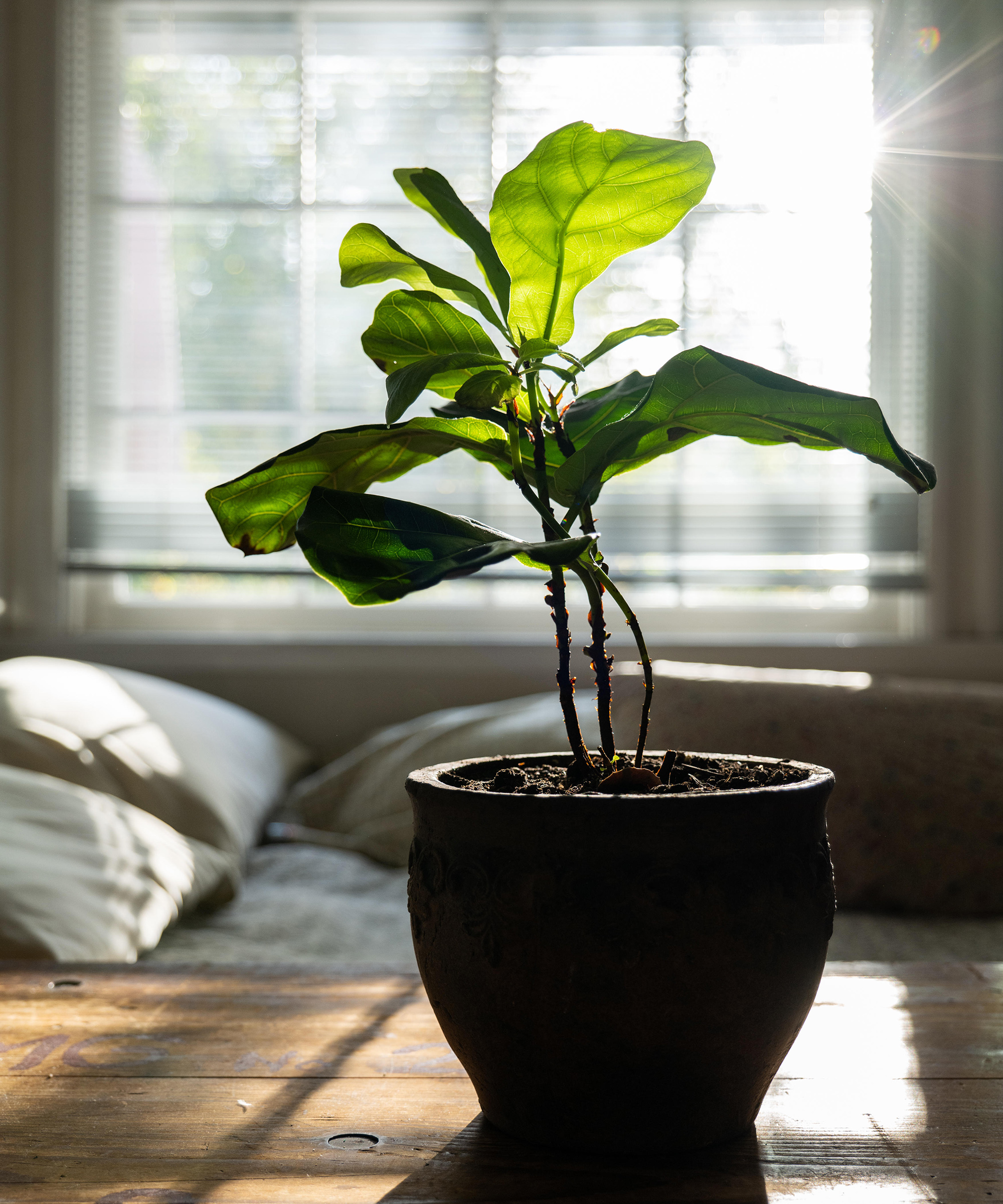
2. Protect plants against drafts
These plants do not like drafts and are happiest where temperatures are kept consistently warm. So, find homes for them away from the front or back door in a house and steer clear of open fireplaces.
Also, avoid areas close to radiators and heaters, which will dry out the leaves, causing them to turn brown and fall. When you find an area that your plant seems to enjoy, try not to move it.
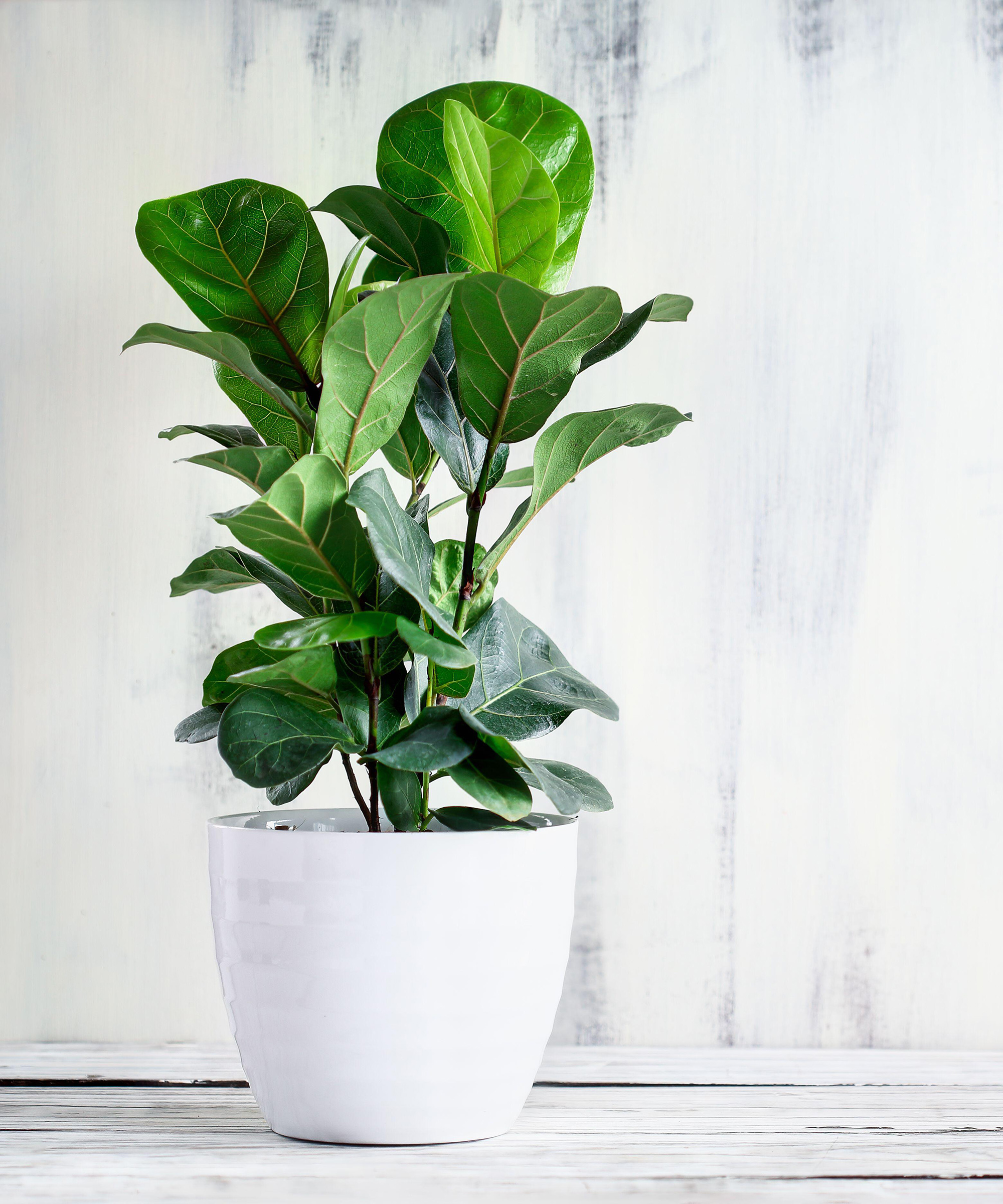
3. Water as needed
Like many tropical houseplants, the fiddle leaf fig likes moist compost around its roots during the growing season from spring to fall, but dislikes waterlogged conditions.
Grow your plant in a pot a little larger than the root ball, with drainage holes in the base as you would have for a Swiss cheese plant, and set it on a deep saucer, or in a waterproof container.
Water when the top of the compost feels dry, giving a good dose with each application, while ensuring that the plant pot is never sitting in a pool of water by discarding any excess from its saucer or outer container. Reduce watering in winter, so that the compost is just moist.
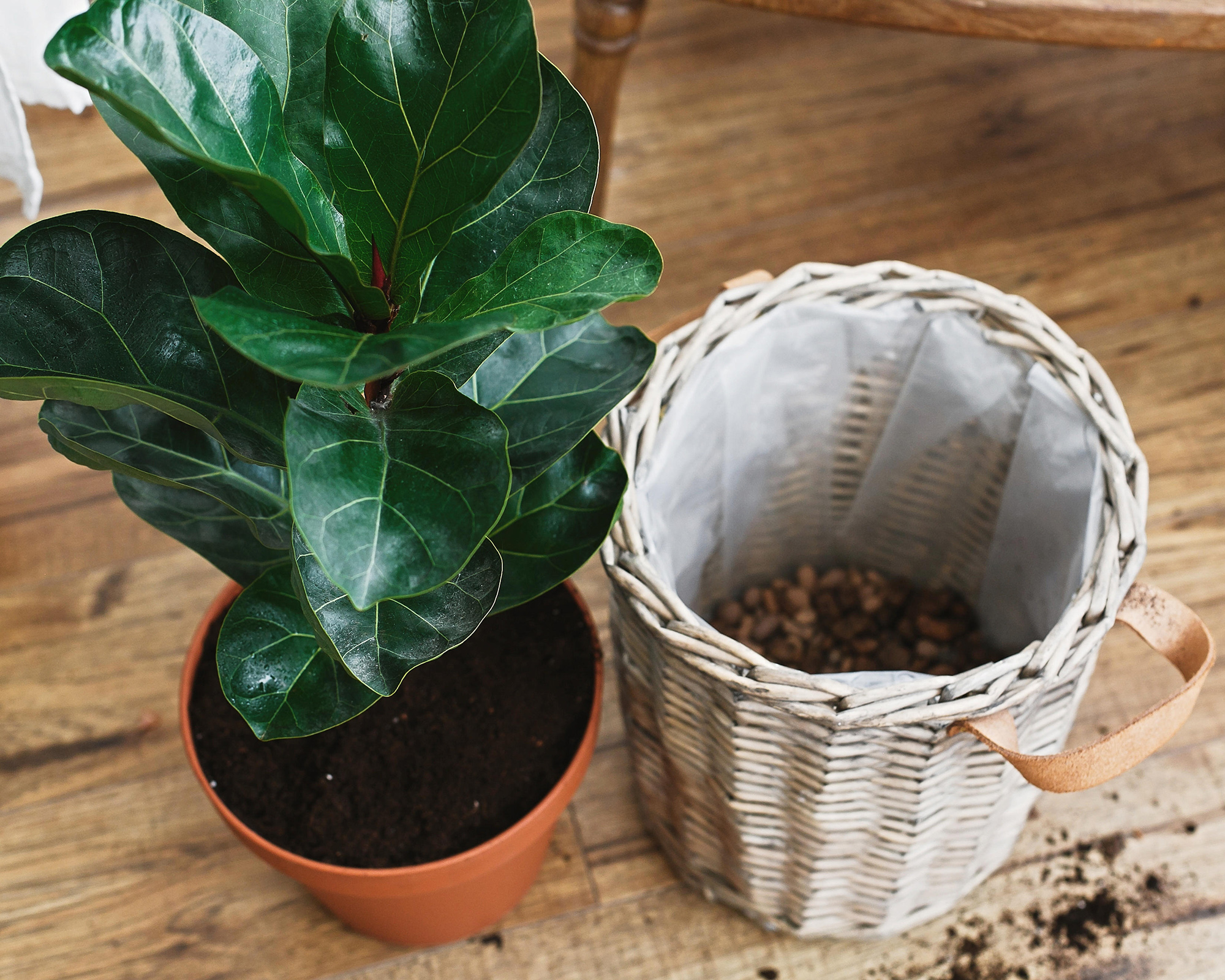
Common problems with fiddle leaf fig care and how to solve them
Fiddle leaf figs are not especially prone to pests, but growing them in poor conditions can increase their vulnerability to an attack. Check your plants regularly and remove any leaves promptly that show signs of damage from common pests such as red spider mites, thrips, mealybugs, and scale insects, which will cause discolored or distorted leaves.
Thrips will fall off a plant if you shake it and can be controlled with blue sticky traps suspended above the foliage – these insects rarely do much damage so don't worry too much if you see them on your plant.
You can use a biological control, like a spider mite spray for indoor plants from Amazon, to eliminate red spider mites, but few other methods work, so you may have to discard a severely infected plant.
If you see scaly or shell-like bumps on the stems and leaves, or areas covered with a cotton-like coating, sap-sucking scale insects and mealybugs are to blame. These can be controlled by dipping a small paintbrush into diluted methylated spirits and dabbing it onto the pests. Remove severely infested plants.
There are some common mistakes made with fiddle leaf fig care – avoid the following:
- Overwatering: Watering too frequently, so that the compost becomes saturated, may result in root rot, which will cause the leaves to fall and the plant may then die. Once rot has set in there is little you can do, but if you catch the problem in time, leave the plant to dry out for about a week.
- Under-watering: Too little water can cause the stems and leaves to wilt, but they should bounce back quickly once you apply water. Just don't be tempted to rectify the problem by applying too much.
- Moving plants: Leaf drop can also occur when a mature plant is moved, or when you bring a new fig back from the shop. Moving plants sends them into shock, but they should gradually recover and new growth will appear if you give them the conditions they enjoy.

Why does my fiddle leaf fig have discoloration on its leaves?
Don't worry if older leaves at the base of the plant turn yellow and fall; this is normal and will not affect the overall health of your fig. However, yellow leaves all over the plant may be caused by a lack of watering, just like with a snake plant. Simply water as described above to remedy the problem.
Too much sun or a position too close to a heat source can result in the edges of the leaves turning crisp and brown. If this occurs, move the plant to a more suitable location.

Are fiddle leaf figs good for bedrooms?
Fiddle leaf figs will make a beautiful feature when grown as plants for bedrooms if you have space for it. Provide a spot that receives bright light, away from cold drafts and radiators.
This plant does not require high humidity levels, so again, a bedroom will generally provide a good home, although misting the leaves every few days is recommended to keep it in optimum health.
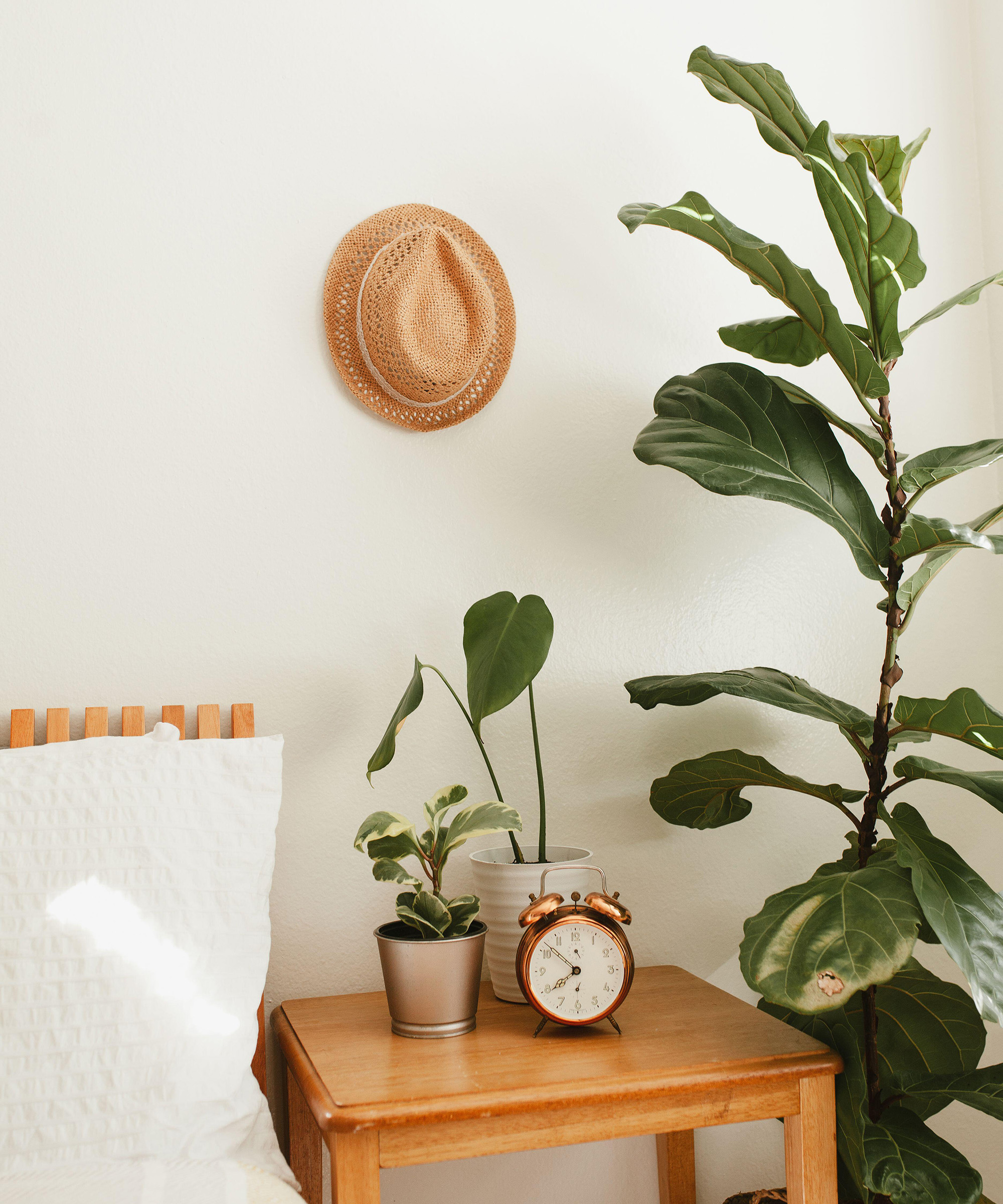
How toxic is a fiddle leaf fig?
These leafy plants contain a toxic sap, which is released when the plant stems or leaves are cut or injured. The sap irritates the skin and may cause blisters, so wear gloves when pruning your plant, and while it won’t cause serious illness or death, it will make you feel quite sick if ingested.
Like the peace lily, a fiddle leaf fig is also poisonous to cats and dogs and may cause vomiting and the mouth to swell if eaten, so it's not a good choice if you have a puppy, curious cat, or other small pet that likes to chew plants. While it's unlikely to cause serious illness, do get your pet checked out by a vet if you suspect the plant is to blame.

Can I put my fiddle leaf fig outside?
These tropical plants like consistent warmth and may be grown outside in summer after any danger of frost has passed and if the night-time temperature in your area does not dip below 50°F (10°C). If you can't guarantee this, keep your plant tucked up inside.
Before placing your indoor plant outside, make sure it's planted in a pot with drainage holes in the base, and remove any waterproof container that may collect rainwater, causing soggy compost and root rot. Also set it in a bright position, with some shade from the midday sun.
Moving the plant outside may send it into shock, so expect it to lose some leaves initially. But, the humidity and fresh air will bolster growth and, given enough warmth, keep it healthy.
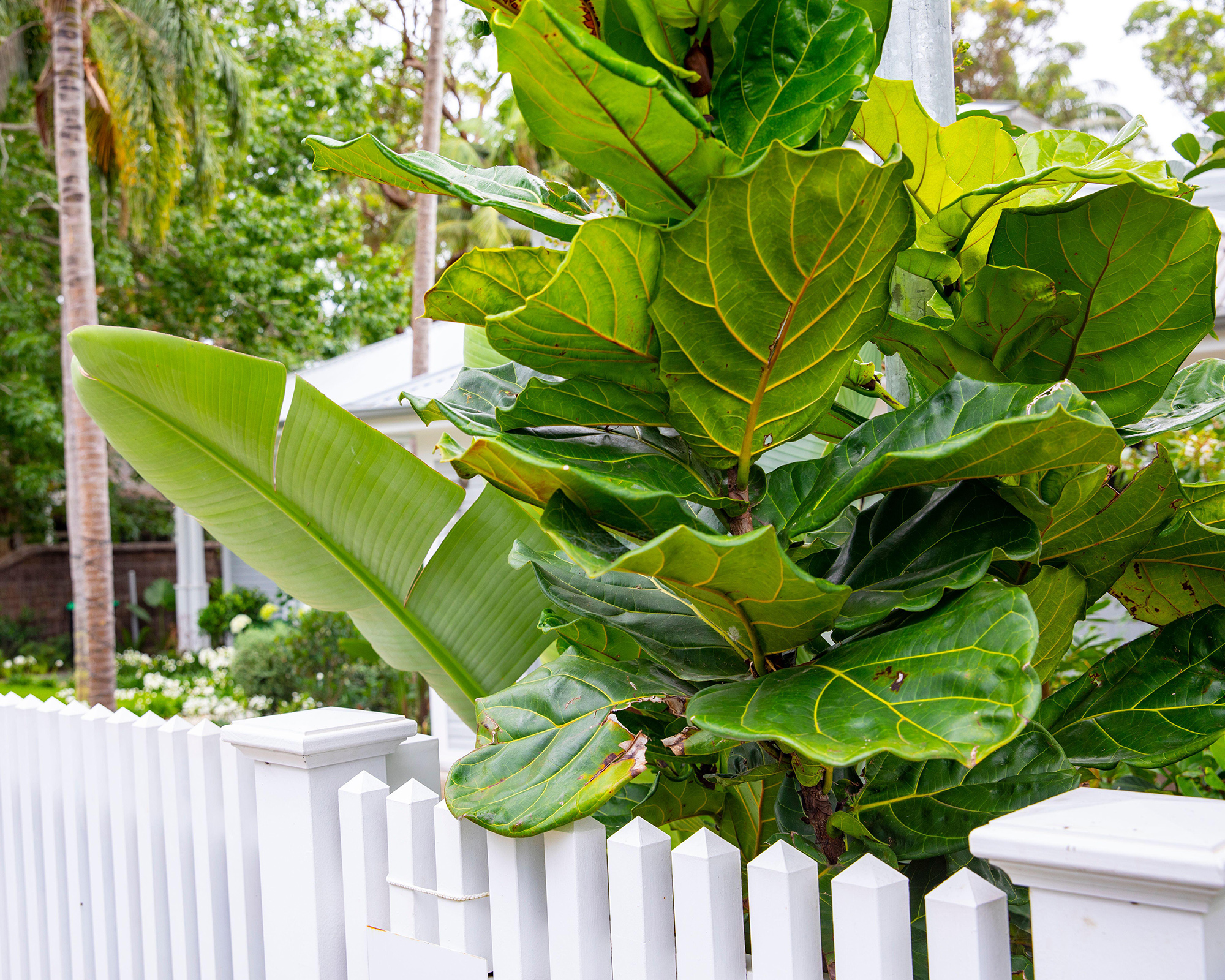
Where to buy a fiddle leaf fig
Fancy a fiddle leaf fig to brighten up your interior scheme? We've rounded up a list of handy quicklinks to help you get shopping for your own.
Where to buy fiddle leaf figs in the US
- Shop fiddle leaf fig plants at Walmart
- Shop fiddle leaf fig plants at Lowes
- Shop fiddle leaf fig plants at Target
- Shop fiddle leaf fig plants at Amazon
Where to buy fiddle leaf figs in the UK

Zia Allaway is a garden book author, editor, and journalist, and writes for a range of gardening and women’s magazines, including Easy Gardens, Homes & Gardens and Livingetc, as well as The Guardian and The Daily Telegraph newspapers. She has also written books for the Royal Horticultural Society and Dorling Kindersley publishers, including Eco-Gardening, Compost, Low Maintenance, Practical House Plant Book, Practical Cactus & Succulent Book, Indoor Edible Garden, What Plant Where, and the Encyclopedia of Plants and Flowers.
